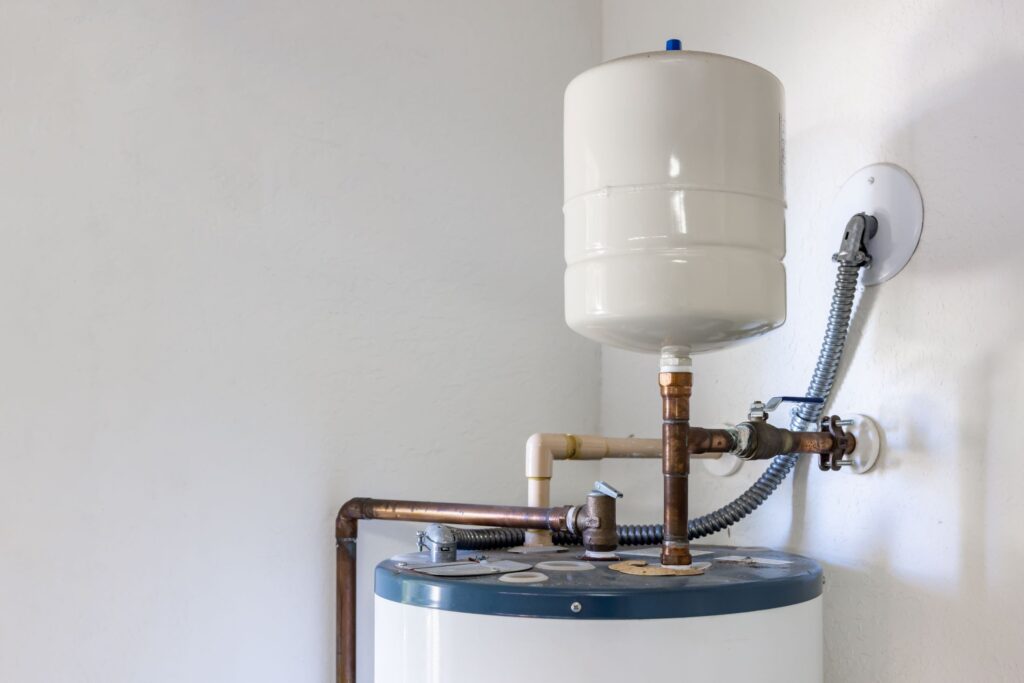Caring for Your Home's Hot Water System: Key Tips
Caring for Your Home's Hot Water System: Key Tips
Blog Article
They are making a number of good points related to How to Maintain a Hot Water Heater in a Few Simple Steps as a whole in this article underneath.

Warm water is important for everyday convenience, whether it's for a revitalizing shower or cleaning recipes. To ensure your hot water system runs successfully and lasts longer, routine maintenance is crucial. This write-up provides practical pointers and understandings on how to keep your home's warm water system to stay clear of disturbances and pricey fixings.
Intro
Keeping your home's hot water system may seem difficult, however with a few easy steps, you can guarantee it operates smoothly for several years to come. This guide covers every little thing from understanding your warm water system to DIY upkeep pointers and recognizing when to hire expert aid.
Value of Preserving Your Warm Water System
Normal upkeep not just prolongs the life-span of your warm water system yet additionally guarantees it operates efficiently. Neglecting maintenance can cause decreased efficiency, greater energy costs, and also early failure of the system.
Indicators Your Hot Water System Requirements Upkeep
Knowing when your hot water system requires attention can prevent major problems. Watch out for signs such as inconsistent water temperature level, unusual sounds from the heater, or rusty water.
Recognizing Your Hot Water System
Prior to diving right into maintenance tasks, it's helpful to understand the standard parts of your hot water system. Typically, this includes the water heater itself, pipelines, anode rods, and temperature controls.
Month-to-month Upkeep Tasks
Regular regular monthly checks can help capture small concerns prior to they rise.
Purging the Water Heater
Flushing your water heater removes debris build-up, boosting effectiveness and lengthening its life.
Checking and Replacing Anode Rods
Anode poles stop rust inside the tank. Evaluating and replacing them when broken is critical.
Inspecting and Readjusting Temperature Level Settings
Changing the temperature level settings ensures ideal efficiency and safety.
DIY Tips for Upkeep
You can perform several maintenance tasks yourself to keep your warm water system in leading condition.
Looking for Leaks
On a regular basis examine pipelines and connections for leakages, as these can cause water damages and higher costs.
Evaluating Stress Relief Valves
Examining the pressure relief valve ensures it functions correctly and avoids extreme pressure accumulation.
Protecting Pipes
Insulating hot water pipes reduces heat loss and can conserve power.
When to Call an Expert
While DIY maintenance is helpful, some concerns need professional know-how.
Facility Concerns Calling For Professional Assistance
Instances consist of major leakages, electrical troubles, or if your water heater is regularly underperforming.
Routine Professional Upkeep Conveniences
Professional maintenance can include complete inspections, tune-ups, and making sure compliance with safety and security standards.
Final thought
Regular upkeep of your home's hot water system is essential for efficiency, long life, and cost savings. By complying with these pointers and understanding when to look for professional assistance, you can make sure a trusted supply of hot water without unanticipated disruptions.
How to Maintain an Instant Hot Water Heater
Before tinkering with your hot water heater, make sure that it’s not powered on. You also have to turn off the main circuit breaker and shut off the main gas line to prevent accidents. Also turn off the water valves connected to your unit to prevent water from flowing into and out of the appliance. 2. When you’re done, you have to detach the purge valves’ caps. These look like the letter “T†and are situated on either side of the water valves. Doing so will release any pressure that has accumulated inside the valves while at the same time avoid hot water from shooting out and burning your skin. 3. When the purge valves’ caps are removed, you have to connect your hosing lines to the valves. Your unit should have come with three hoses but if it didn’t, you can purchase these things from any hardware or home repair shops. You can also get them from retail stores that sell water heating systems. Read the user’s manual and follow it to complete this task properly. When the hosing lines are connected, open the purge port’s valves. 4. You should never use harsh chemical cleaners or solutions when cleaning your unit. Make use of white vinegar instead. It should be undiluted and you’ll probably use about 2 gallons. 5. Now flush your water heater. This task should probably take about 40 minutes. We can’t give you specific directions for this because the procedure is carried out depending on the type, model and brand of your heater. With that being said, refer to the user’s manual. 6. When you’re done draining the unit, you have to turn off the purge port valves again. Remove the hosing lines that you earlier installed on each of the water valves. Put the valve caps (purge port) back in their respective places and be very careful so as not to damage the rubber discs that are found inside these caps. 7. Now that everything’s back in place, check your user’s manual again to find out how to reactivate your water heating system. 8. Once it is working, turn one of your hot water faucets on just to let air pass through the heater’s water supply pipes. Leave the tap on until water flows smoothly out of it. https://www.orrplumbing.com/blog/2014/september/how-to-maintain-an-instant-hot-water-heater/

Do you really like more info about Tips on Maintaining a Water Heater? Post a review below. We will be delighted to know your ideas about this write-up. In hopes that you come back again before long. Liked our blog? Please quickly share it. Let someone else find it. Thanks a lot for your time spent reading it.
Call Today Report this page